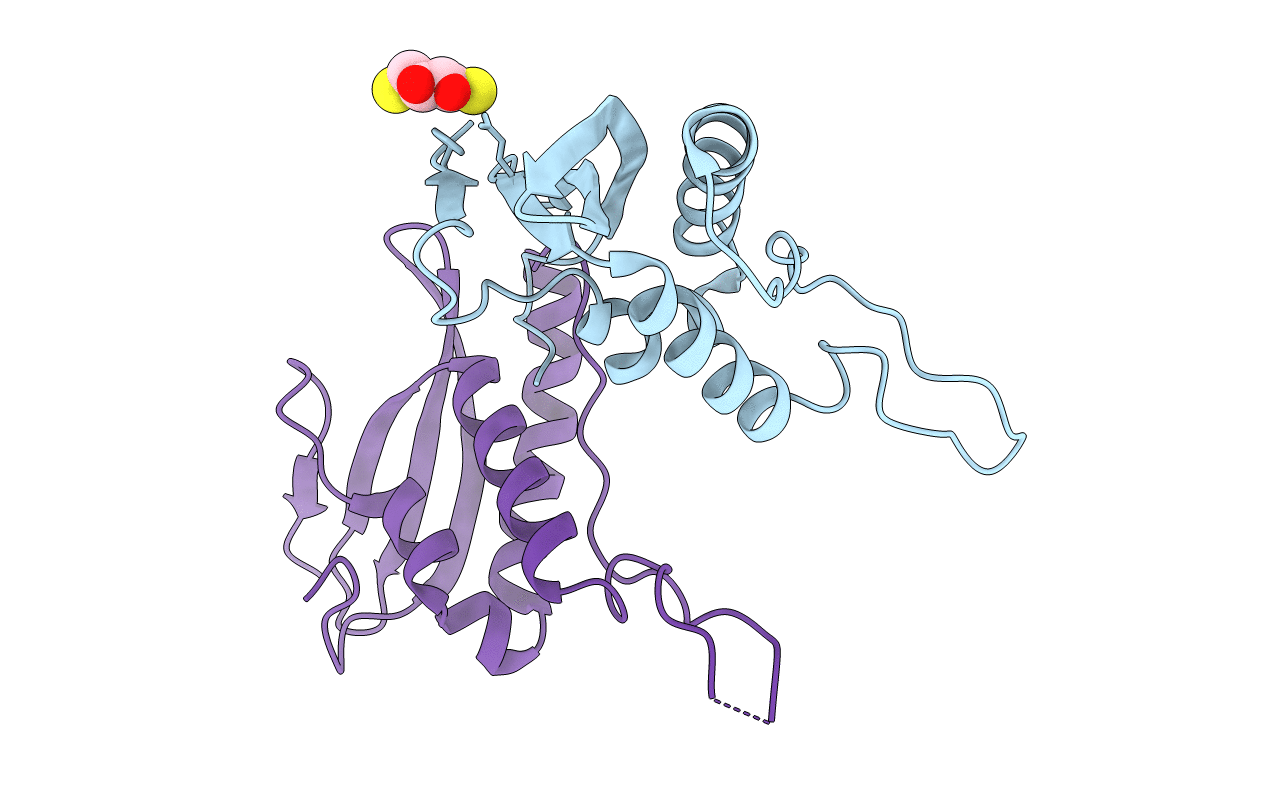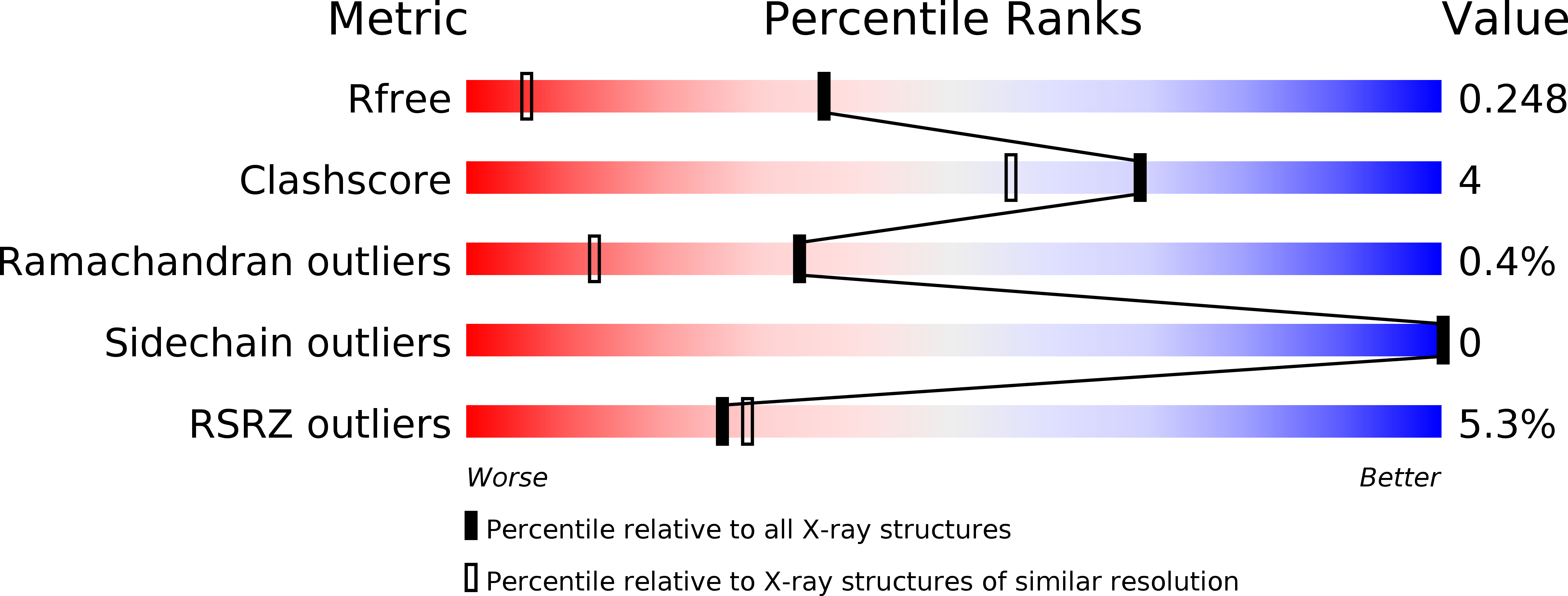
Deposition Date
2007-07-21
Release Date
2007-07-31
Last Version Date
2024-11-20
Entry Detail
Biological Source:
Source Organism:
SACCHAROMYCES CEREVISIAE (Taxon ID: 4932)
Host Organism:
Method Details:
Experimental Method:
Resolution:
1.50 Å
R-Value Free:
0.25
R-Value Work:
0.22
R-Value Observed:
0.22
Space Group:
P 21 21 21


